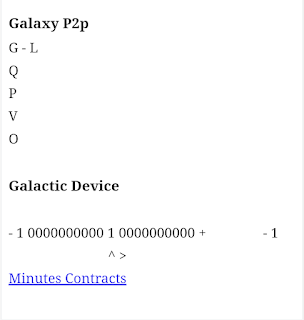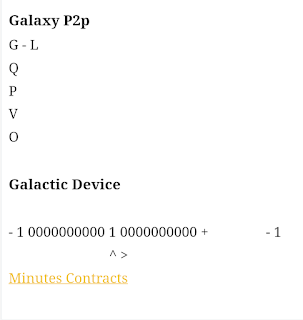If you’re referring to `32 degrees`, here’s a breakdown of what it might imply in different contexts:
Contexts for `32 Degrees`
1. Temperature:
Celsius: `32°C` is approximately `89.6°F`. It’s a warm temperature, often associated with hot weather.
Fahrenheit: `32°F` is the freezing point of water.
2. Angles:
- In geometry or navigation, an angle of `32 degrees` represents a specific rotation or direction. For example, it could denote the angle between two lines or the heading in a compass direction.
3. Measurement and Calibration:
- In technical fields, `32 degrees` might be used as a reference point for calibration or testing. For instance, certain equipment might be calibrated to function correctly at this temperature.
4. Degrees in Mathematical Functions:
- In trigonometry, an angle of `32 degrees` could be used to calculate sine, cosine, or tangent values.
Example in a Diagram
If you’re working with diagrams and `32 degrees` is a parameter:
For Angles: You might depict an angle of `32 degrees` between two lines.
For Temperature : You might have a thermometer or temperature gauge showing `32°C` or `32°F`.
Angle Measurement Example
Line A
\
\ 32°
\
Line B
In this example, Line A and Line B form a `32-degree` angle.
Temperature Example
Thermometer
|
|
32°C or 32°F
In this example, the thermometer reads `32 degrees`, indicating the current temperature.
Understanding the specific context of `32 degrees` will guide how to interpret and use the value in your work.
square roots of some key perfect squares to 1000:
- \( \sqrt{1} = 1 \)
- \( \sqrt{4} = 2 \)
- \( \sqrt{9} = 3 \)
- \( \sqrt{16} = 4 \)
- \( \sqrt{25} = 5 \)
- \( \sqrt{36} = 6 \)
- \( \sqrt{49} = 7 \)
- \( \sqrt{64} = 8 \)
- \( \sqrt{81} = 9 \)
- \( \sqrt{100} = 10 \)
- \( \sqrt{121} = 11 \)
- \( \sqrt{144} = 12 \)
- \( \sqrt{169} = 13 \)
- \( \sqrt{196} = 14 \)
- \( \sqrt{225} = 15 \)
- \( \sqrt{256} = 16 \)
- \( \sqrt{289} = 17 \)
- \( \sqrt{324} = 18 \)
- \( \sqrt{361} = 19 \)
- \( \sqrt{400} = 20 \)
- \( \sqrt{441} = 21 \)
- \( \sqrt{484} = 22 \)
- \( \sqrt{529} = 23 \)
- \( \sqrt{576} = 24 \)
- \( \sqrt{625} = 25 \)
- \( \sqrt{676} = 26 \)
- \( \sqrt{729} = 27 \)
- \( \sqrt{784} = 28 \)
- \( \sqrt{841} = 29 \)
- \( \sqrt{900} = 30 \)
- \( \sqrt{961} = 31 \)
- \( \sqrt{1024} = 32 \) (just above 1000)
For numbers between these perfect squares, the square roots will be decimal values. For example, \( \sqrt{500} \approx 22.36 \) and \( \sqrt{900} = 30 \).
Molecular Weight: The molecular weight of oxygen (O₂) is approximately 32 g/mol (16 g/mol per atom).











0 Comments